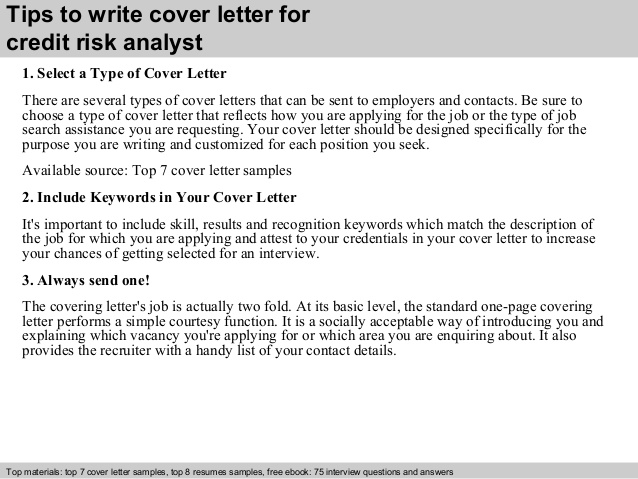Content

However, accounting plays a key role in the strategic planning, growth, and compliance requirements of a company. Luca Pacioli is considered “The Father of Accounting and Bookkeeping” due to his contributions to the development of accounting as a profession. An Italian mathematician and friend of Leonardo da Vinci, Pacioli published a book on the double-entry system of bookkeeping in 1494. Employees and their fora viz., trade unions require information from their organization to evaluate the stability and continuing profitability of the organization. More particularly, they are interested in assessing the ability of their employer-organization to pay them periodically, promotional prospects and the mechanism to maintain pension fund and retirement benefits.
Accounting is like a powerful machine where you input raw data (figures) and get processed information (financial statements). The whole point is to give you an idea of what’s working and what’s not working so that you can fix it. These four largest accounting firms conduct audit, consulting, tax advisory, and other services. These firms, along with many other smaller firms, comprise the public accounting realm that generally advises financial and tax accounting. For example, for deciding the price for a new product, the management of the company needs information about a number of aspects such as, cost of production and sales, prices of similar product in the market, etc.

The financial statements used in accounting are a concise summary of financial transactions over an accounting period, summarizing a company’s operations, financial position, and cash flows. The primary output of the financial accounting system is the annual financial statement. The three most common components of a financial statement are the balance sheet, the income statement, and the statement of cash flows.
Everything on Tax and Corporate Laws of India
Net profit describes the amount of money left over after subtracting the cost of taxes and goods sold from the total value of all products or services sold during a given accounting period. The related term “net margin” refers to describing net profit as a ratio of a company’s total revenues. Gross profit simply describes the total value of sales in a given accounting period without adjusting for their costs.
The standardized reporting allows all stakeholders and shareholders to assess the performance of a business. Accounting is a term that describes the process of consolidating financial information to make it clear and understandable for all stakeholders and shareholders. The main goal of accounting is to record and report a company’s financial transactions, financial performance, and cash flows.
You can use accounting to track cash flow and quantify your company’s financial health. In addition, accounting makes it possible to create financial projections to plan for the future and anticipate sales and expenses. Without accounting, it would be incredibly difficult to gauge your business’s performance and whether it’s on track to meet its goals and obligations. You can choose to manage your business accounting by hiring an in-house accountant or CPA. This can be a great option if you want to ensure your books are in order, and that your company’s financial information is accurate, but it does come with some drawbacks.
What is accounting?
Management at different levels needs accounting information for the purpose of taking various managerial decisions ranging from tactical to strategic decisions. Of course, the nature and kind of information required by the management differ from one decision to another. Financial analysts and advisers, brokers and other financial intermediaries constitute an important group of users of accounting information. It is more so in the case of the companies whose financial instruments (such as shares, debentures, etc.) are listed on a recognized stock exchange. Further, they need accounting information which enable them to assess whether a business is capable of paying dividends regularly and whether there is any scope for capital appreciation. Accounting information is also useful to all the categories of external parties such as shareholders, debenture holders, financial advisors, governments, tax offices, employees and their trade unions, etc., of business organizations.
- This may influence which products we review and write about (and where those products appear on the site), but it in no way affects our recommendations or advice, which are grounded in thousands of hours of research.
- This rule applies to expenses and income such as salaries, sales, purchases and commissions.
- Therefore, it is necessary that proper accounts should be maintained to compute the tax liability of the business.
- Accrual basis accounting (or simply “accrual accounting”) records revenue- and expense-related items when they first occur.
To illustrate double-entry accounting, imagine a business sends an invoice to one of its clients. An accountant using the double-entry method records a debit to accounts receivables, which flows through to the balance sheet, and a credit to sales revenue, which flows through to the income statement. According to Kohler, financial accounting is ‘the accounting for revenues, expenses, assets and liabilities that is commonly carried on in the general offices of a business’. It is the recording of business transactions in the books of account for the purpose of presenting results to Board of Directors, Shareholders etc. It records the day-to-day events relating to business, in terms of money in various books of account. Additionally, it communicates the results of business operations to management, shareholders, creditors, banks, financial institutions etc.
Following accounting standards
While financial statements are for external use, they may also be for internal management use to help make decisions. A public company’s income statement is an example of financial accounting. The company must follow specific guidance on what transactions to record. In addition, the format of the report is stipulated by governing bodies. The end result is a financial report that communicates the amount of revenue recognized in a given period. Accounting plays an important role in smooth functioning of business organisation through systematic recording of business transactions.
Generally accepted accounting principles (GAAP) describe a standard set of accounting practices. GAAP are endorsed by organizations including the Financial Accounting Standards Board and the U.S. One well-known alternative is International Financial Reporting Standards (IFRS).In the United States, privately held companies are not required to follow GAAP, but many do. However, publicly traded companies whose securities fall under SEC regulations must use GAAP standards. The SEC has stated that it may adopt IFRS best practices to replace GAAP in the future.
More meanings of accounting
Basic accounting concepts used in the business world cover revenues, expenses, assets, and liabilities. These elements are tracked and recorded in documents including balance sheets, income statements, and cash flow statements. The informal phrase “closing the books” describes an accountant’s finalization and approval of the bookkeeping data covering a particular accounting period. When an accountant “closes the books,” they endorse the relevant financial records.
- Classification means statement setting out for a period where all the similar transactions relating to a person, a thing, expense, or any other subject are groped together under appropriate heads of accounts.
- Financial accounting involves the preparation of accurate financial statements.
- It discloses the social benefits created and the costs incurred by the enterprise.
- It processes business transactions (inputs) to produce the desired result in the form of reports, statements, etc., (outputs).
- In accounting, only those transactions and events are recorded which can be measured in terms of money.
Although some of the information comes from recorded transactions, many of the analyses and reports include estimated and projected amounts based on various assumptions. Generally, this information is not distributed to people outside of the company’s management. A few examples of this information are budgets, standards for controlling operations, and estimating selling prices when quoting prices for new work.
Accounting includes several branches, for example, Financial Accounting, Managerial Accounting and Government Accounting. Therefore, all transactions are events but all events are not transactions. A transaction is a complete action, to an expected or possible future action.
Fundamentals of Accounting
These records may then be used in official financial reports such as balance sheets and income statements. One part of accounting focuses on presenting the financial information in the form of general-purpose financial statements (balance sheet, income statement, etc.) that are distributed to people outside of the company. These external reports must be prepared in accordance with generally accepted accounting principles often referred to as GAAP or US GAAP.

It is concerned with the recording of business transactions and the periodic preparation of income statement, balance sheets and cash flow statement from such records. Financial accounting refers to the processes used to generate interim and annual financial statements. The results of all financial transactions that occur during an accounting period are summarized accounting meaning in the balance sheet, income statement, and cash flow statement. The financial statements of most companies are audited annually by an external CPA firm. In addition, financial statements disclose details concerning economic resources and the claims to those resources. A balance sheet reports a company’s financial position as of a specific date.
Accounting Explained With Brief History and Modern Job Requirements
Accountants record and analyze these transactions to generate an overall picture of their employer’s financial health. Tracking operations that record, administrate, and analyze the compensation paid to employees are collectively known as payroll accounting. Payroll also includes fringe benefits distributed to employees and income taxes withheld from their paychecks. Accountants track partial payments on debts and liabilities using the term “on credit” (or “on account”).